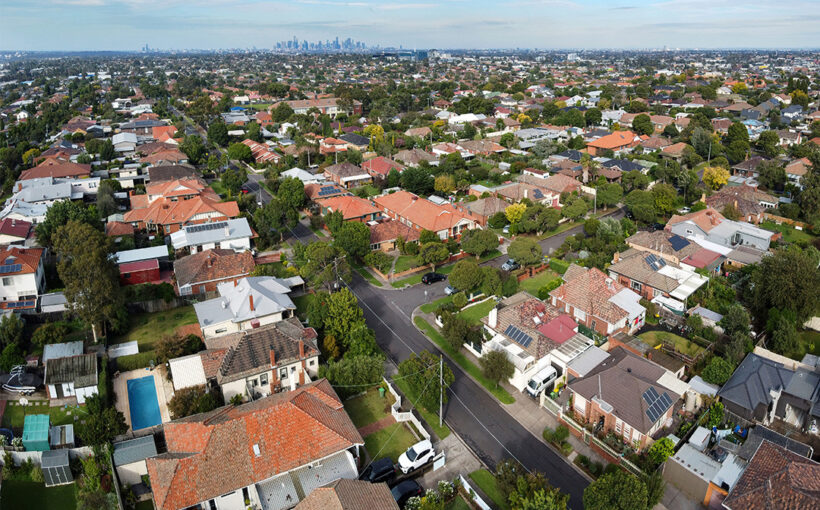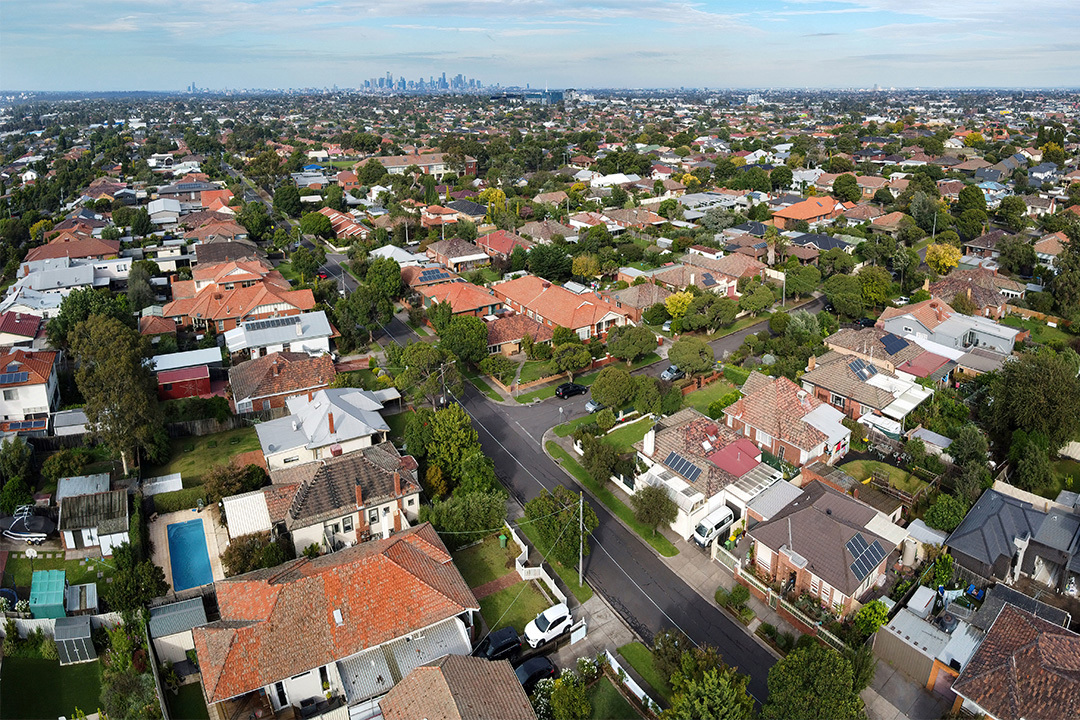New data has revealed the top suburbs contributing to rental stress amid the nation's housing crisis, with those doing it toughest coughing up as much as 45 per cent of their income to secure a roof over their head.
The latest Rental Pain Index released today by Suburbtrends found the worst suburbs to rent in were located in NSW and Queensland, with the majority registering vacancy rates well below 1 per cent.
The index scores suburbs from one (optimal renting conditions) to 100 (unfavourable renting conditions) based on factors including average rent rises, percentage of income put towards rent and vacancy rates in an area.
READ MORE: Emergency warning issued as dozens of fires burn across Queensland
Out of the top 25 worst suburbs across Australia, 11 locations in NSW and five in Queensland scored 100 per cent for renting pain.
Thorneside, east of Brisbane, was found to be the most painful suburb to rent in with vacancy rates as low as 0.6 per cent and tenants copping an average 12-month rental increase of 8 per cent.
Rental affordability in the area was recorded below the global accepted standard of 30 per cent, with tenants putting up to 36 per cent of their income towards rent.
In NSW, Greenacre South came in as the second worst-scoring suburb with rents rising up to 24 per cent in the last year and a vacancy rate of zero per cent.
To add to rental stress, tenants are spending up to 45 per cent of their income on rent.
Other suburbs causing rental pain include Port Kembla, Maroubra, Kingsford and Wetherill Park in NSW followed by Robina West on the Gold Coast.
In Western Australia, Cooloongup and Hamilton Hill scored 99 per cent on the rental pain index, as did Invermay in Tasmania.
Suburbtrends founder and property data expert, Kent Lardner, told 9news.com.au a driving factor behind rental stress in NSW was the significant shift in Sydneysiders moving towards suburbs in and around the city.
"We looked at figures from last month's data we saw a lot of south-west Sydney appearing, now we're seeing a lot of the eastern suburbs' south," he said.
Lardner said another factor included the return of students following the COVID-19 pandemic.
READ MORE: Is Donald Trump's Mar-a-Lago home really worth US$1.5 billion?
"If we look back a couple of years we saw a lot of students exit Kensington, and other areas, and we're seeing that those areas now have tightened right up," he said.
"So we're seeing vacancy rates tight, we're seeing rents shooting up, it's a really interesting dynamic that I didn't expect to see."
Lardner said Queensland was in a challenging situation, particularly on the Gold Coast.
"We've got Southport, which has been quite bad for some time, in and around Southport is a significant problem, Riverina is also a significant problem," he said.
"But equally, it's a fairly strong spread to the south so we have a number of suburbs in around south, around Logan in that region, things are very tough – rents have increased by in excess of 10 per cent some of the 'bad' suburbs have jumped by 18 per cent or more."
To ease the strain on renters, Lardner said the government needed to employ a mixed range of strategies, which balance supply with affordable and public housing.
"We need to be careful of what we are building, increase in supply is great but we need an increase in supply of affordable housing," he said.
"What we need is an abundance of under $600,000, or even better an abundance of under $500,000 properties in that new housing stock to keep them affordable as rentals.
"What that would likely do is not only give you cheaper rentals… the other advantage is it would bring in a lot more investors, because most investors are attracted to $500,000 and less.
"So there would be a much larger cohort of investors out there if we can build lower-cost houses."




